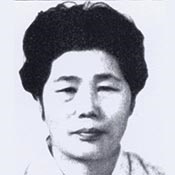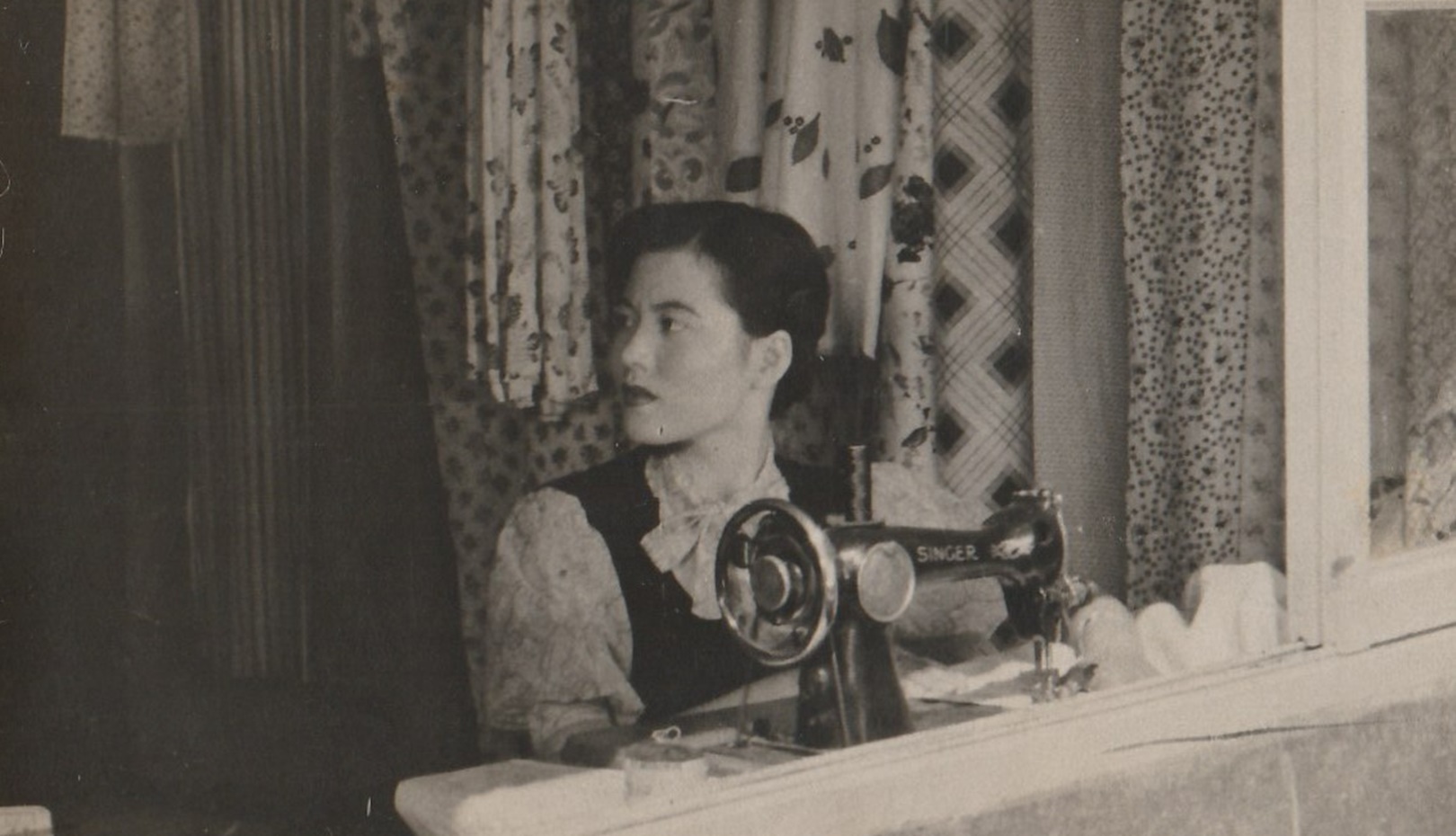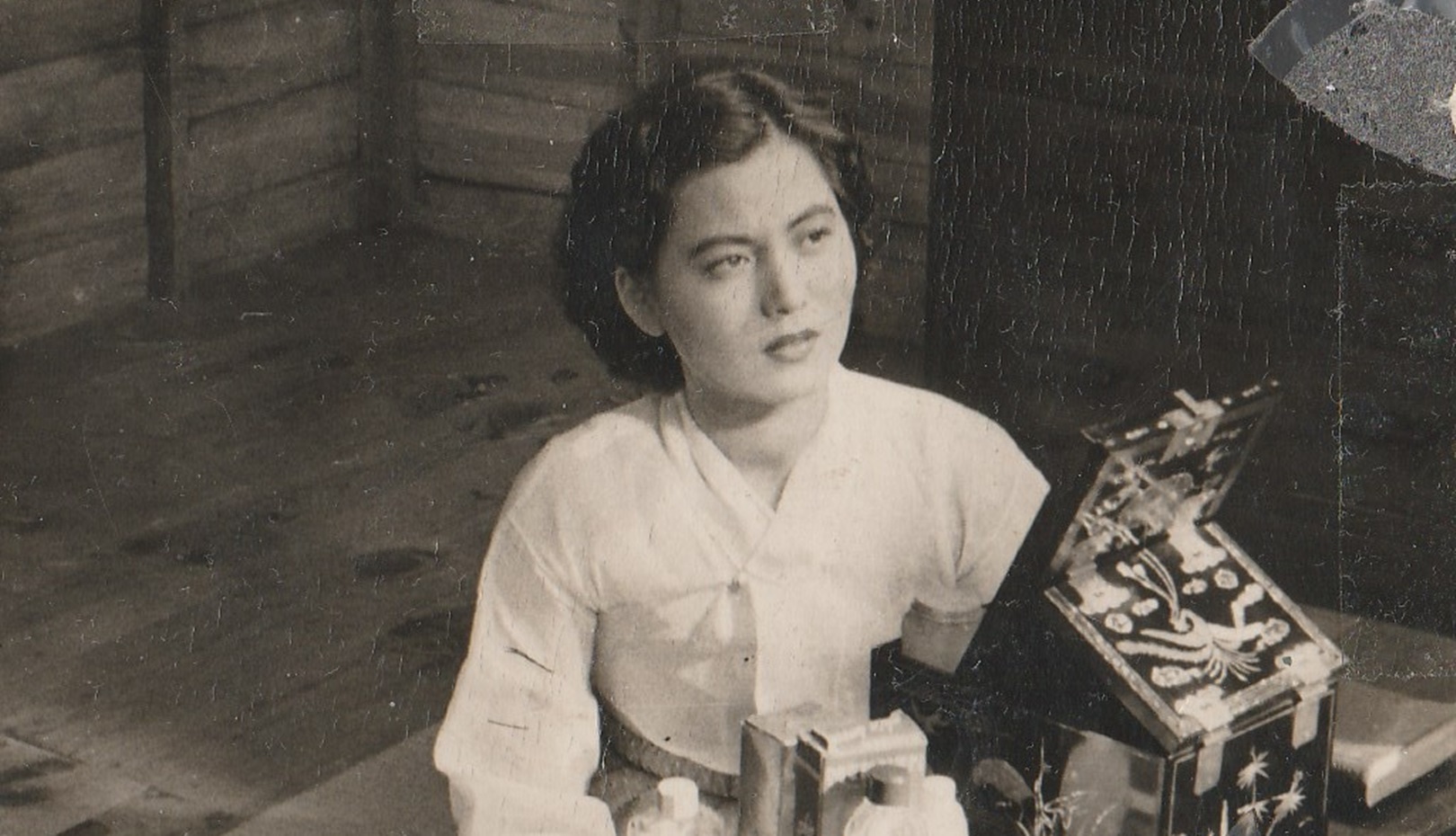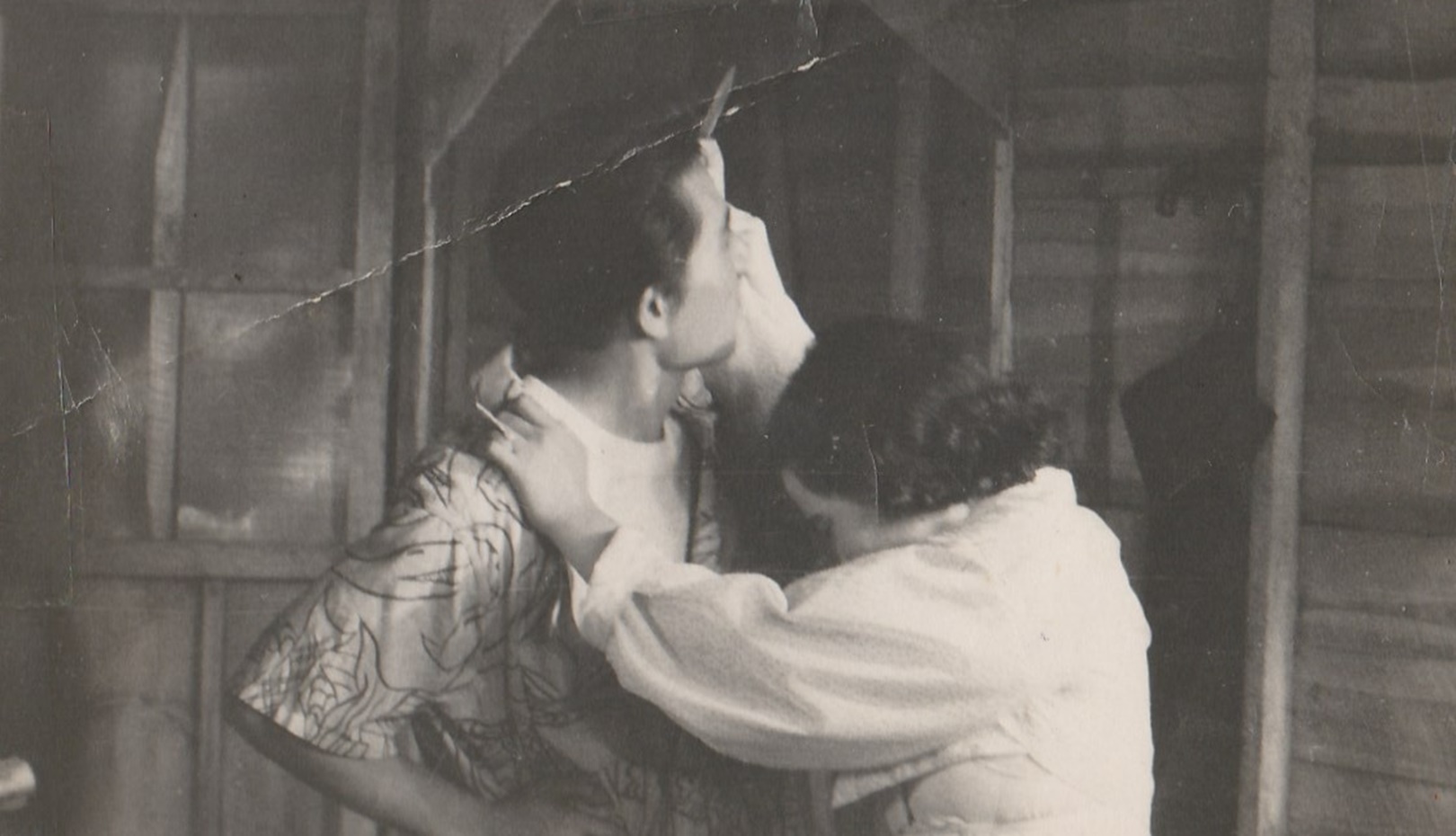PARK Nam-ok's 100th Anniversary
- Opening Film
- Discovery
- Asian Shorts
- I-Teens
- New Currents
- Korean Panorama, Here & Now
- Polemics: Images, Describing Resistance
- Queer Rainbow
- SIWFF 25 Special - RE:Discover
- Women Making Art: Shouts & Whispers
- PARK Nam-ok's 100th Anniversary
- In Memory of YOON Jeong-hee
- Documentary Ock Rang
- Film X Gender
- Barrier Free
- Film Search
The Widow
PARK Nam-ok
- South Korea
- 1955
- 75min
- 15 +
- DCP
- b&w
SYNOPSIS
Lee Sin-ja, living in exile with her daughter Ju, ekes out a living with the help of Lee Sung-jin, a friend of her passed away husband during the war. But while helping her, Lee’s sense of obligation becomes his love for her. Lee's wife, who notices this and interrogates him out of jealousy and hysteria, tries to fill the emptiness with a young man named Taek.
PROGRAM NOTE
The literal meaning of a “widow” in Korean is “the one who has been left alone after her husband's death and even someone who has not yet followed the deceased in death.” The Widow is the debut and final film of director Park Nam-ok, the first female director in South Korea. The film was released in 1955 and portrays the reality of a poor mother and daughter in the post-war era—the story of a widow labeled as a “dangerous woman.” One of the most significant features of this film is that the female characters are described as multidimensional and proactive compared to the helpless and marginalized male characters. In particular, the film gives significant meaning to the female agency through the labor and survival efforts of the mother-daughter family, transcending their wounds and humiliations. This portrayal is not disconnected from the societal mindset of that time. Even for Park Nam-ok, a former Shot Put athlete, the struggle to make the film was harsh and stressful; She had to “take on various roles, from lifting lighting equipment, serving food for staff members, shouting "Ready, Action!" and persuading the recordist, who said that it was unlucky to see women in the first week of the year, to allow her to complete the film while carrying her baby to shoot the film.” The desperate story of this female director rustling in her dress to complete the film in time resonates with the reality of the film's heroine. The casting, including Lee Minja, and the support from her colleagues such as Jeon Chang-geun and Hong Eun-won, along with the financial support from her sister, presented as “Sister Film Production” in the credits, demonstrate how she mobilized available resources to finish the film. This differentiated The Widow from other South Korean films that described the widow later. The film does not reproduce the binary choice of portraying women as “dangerous” or sacrificial; instead, it observes women standing at the crossroads of desire and motherhood, making active choices, drawing the anguished reality with pathos, showing a certain portrayal of women in the 1950s. Despite the unfortunate loss of the film's last part and some sound issues due to the preservation status, the director Park Nam-ok's creative power in capturing the relationships between characters, the societal context of that time, and the aspiration hidden within the female characters cannot be overlooked. [BYUN Jairan]
schedule
| Code | Time | Theater | Grade |
|---|---|---|---|
| 705 | 2023-08-29 | 17:10 - 18:25 | Korean Film Archive Cinematheque KOFA Screening 2 |    |
Director
-
 PARK Nam-ok
PARK Nam-okBorn in 1923, Hayang, North Gyeongsang, Park Nam-ok is Korea’s first female director. After she dropped out of Ewha Women’s University, she worked as a reporter in Daegu. She first stepped into the film industry as an editor and script supervisor in Chosun movie film production company. Her debut film The Widow describes the realities and conflicts that post-war widows had to endure with keen insight. The film was favorably received thanks to the tricky angles only possible to a female director, and the tempo of events which were clear and likable.
Credit
- Producer전창근 JEON Chang-keun
- Cast 이민자, 이택균, 나애심, 신동훈 LEE Min-ja, LEE Tackyun, NA Ae-sim, SIN Dong-hun
- Screenwriter 이보라 LEE Bo-ra
- Cinematographer 김영순 KIM Yeong-sun
- Sound 이경순 LEE Kyeong-sun
CONTACT
| Korean Film Archive | SHIN Jaeyoung | babioo1000@koreafilm.or.kr |




